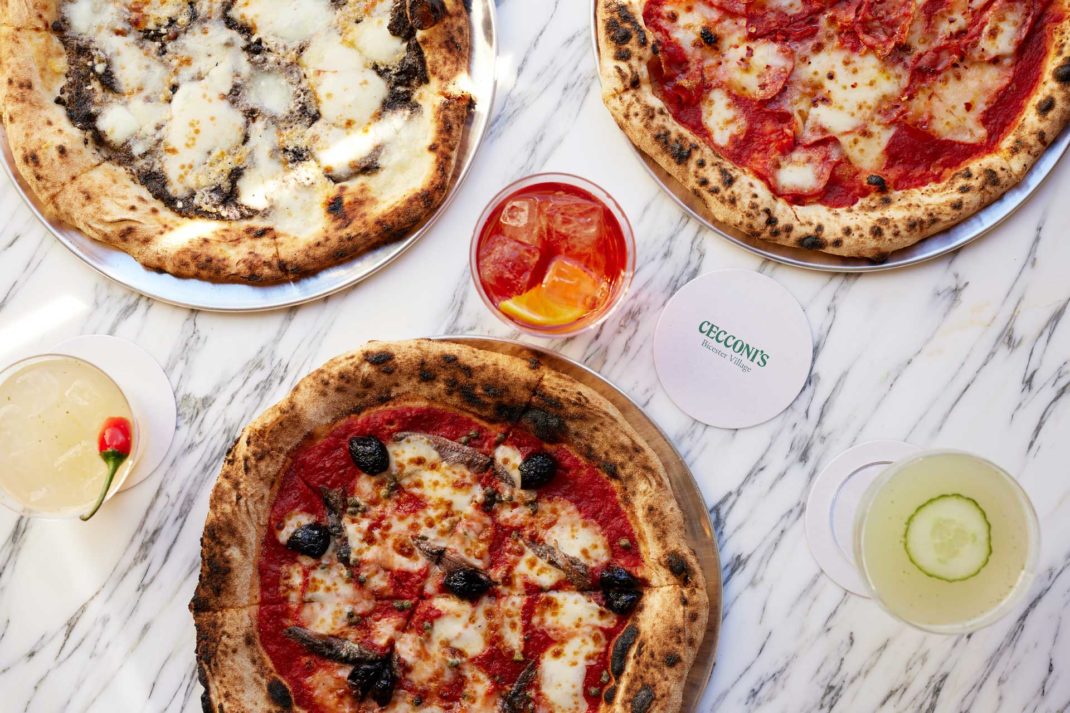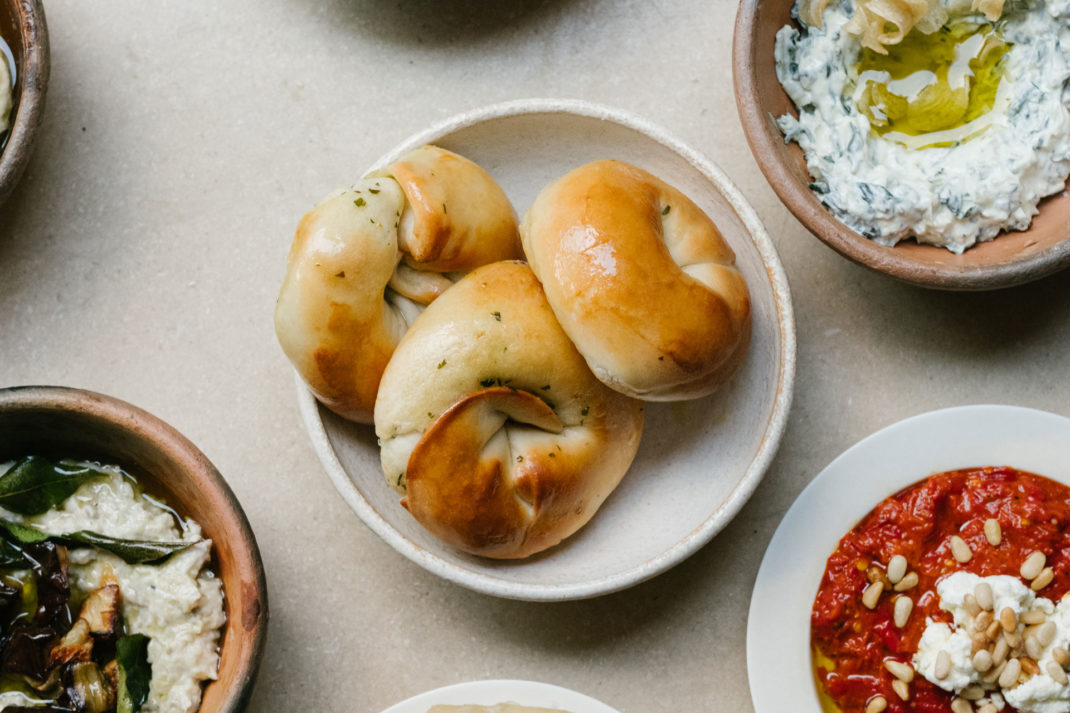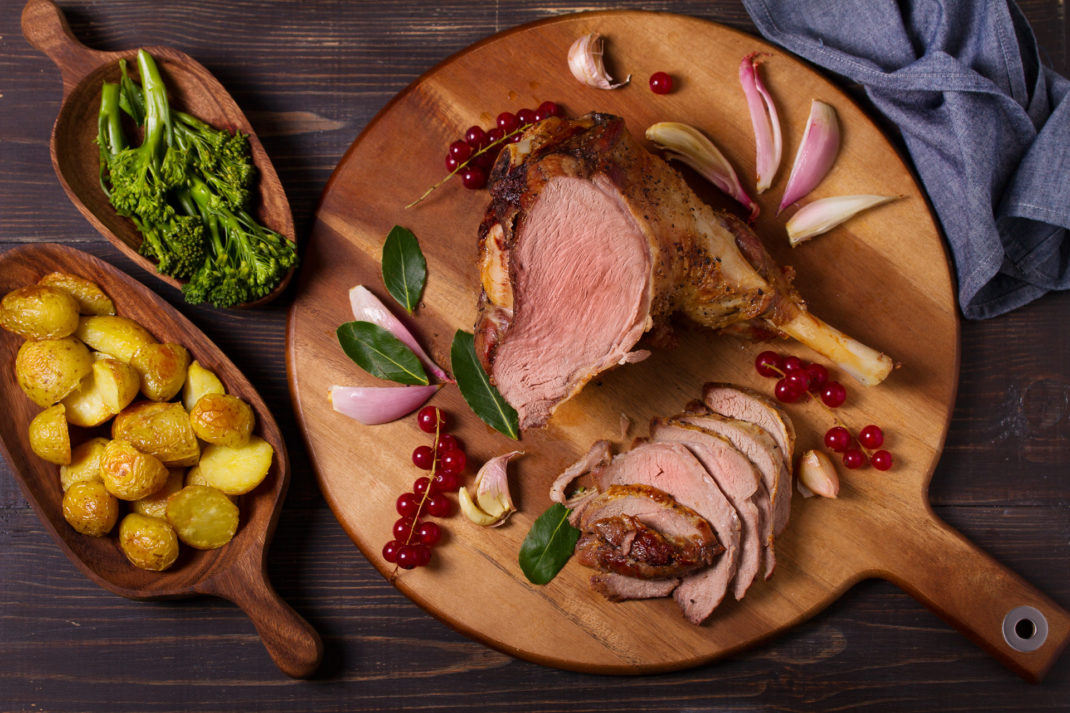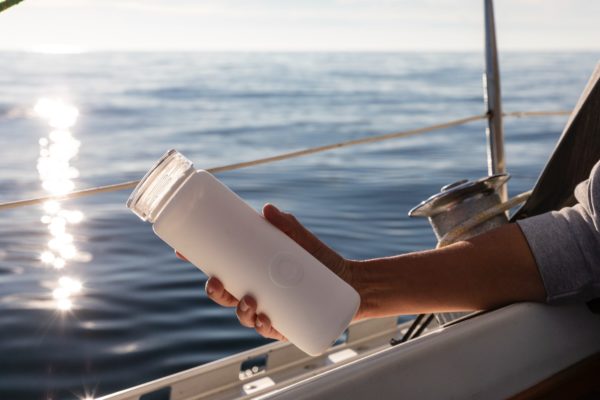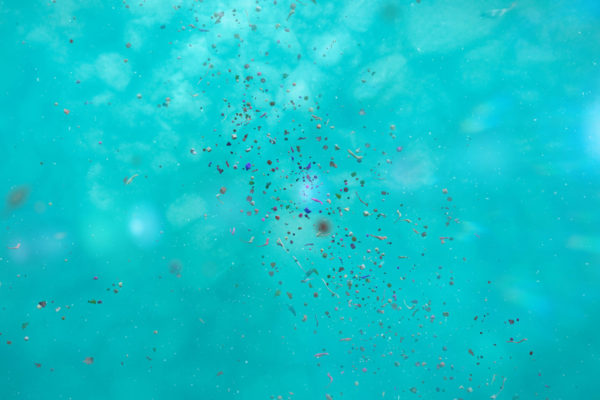The Problem With Stanley Cups
By
1 year ago
How the reusable cup has become the latest symbol of over-consumption
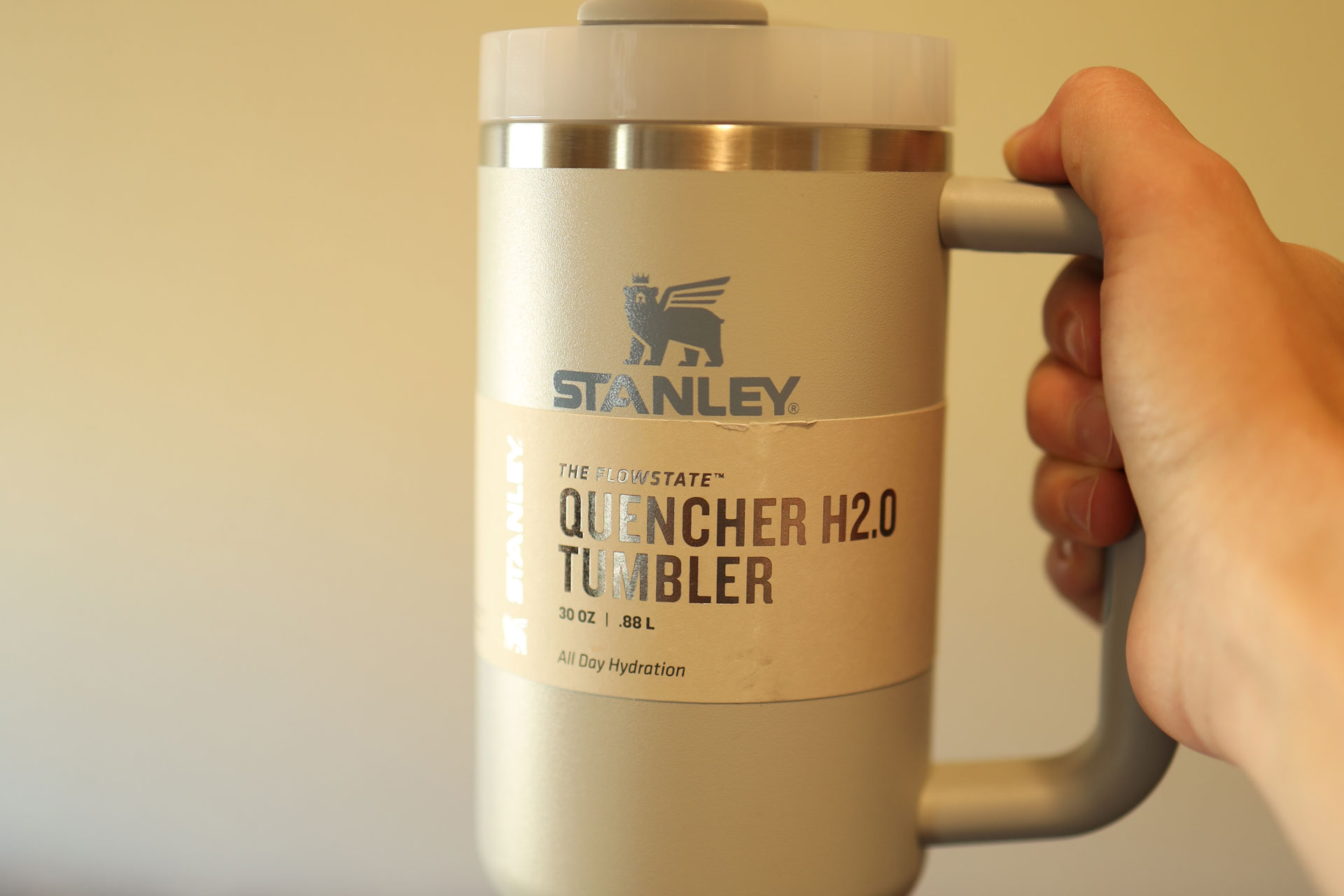
For a while now, I have been toying with the idea of shelling out £44.49 on a reusable water bottle. Confession: I already have a pretty healthy drinkware collection at home – but none as pretty, nor as big, as the shiny new bottle I have my eye on. I don’t need to tell you what it is: of course you already know the product in question is the viral Stanley Quencher, TikTok’s hottest accessory du jour.
Over the past few years, the enormous tumbler has become the queen of water bottles – and indeed the ultimate wellness status symbol. Like all reusable water bottles, it’s touted as an environmentally-friendly alternative to single-use plastic. But with chic new colourways and limited-edition bottles dropping left right and centre, a new trend for collecting Quenchers has emerged, with the most hardcore fans filling their cabinets with a rainbow of different shades.
This begs the question: are these bottles really doing good for the planet? Or is the Stanley phenomenon just another example of mass over-consumption?
Has The Stanley Cup Craze Gone Too Far?
The History Of Stanley Cups
While the majority of Stanley cup owners were only introduced to the brand recently, the company actually dates back over 100 years, when it was founded by the eponymous William Stanley. The steel vacuum-sealed bottle was originally marketed as a sturdy beverage container for outdoor workers, campers and hikers, and as recently as 2012, the company described its products as resonating with a ‘30-year-career veteran policeman’ and a ‘retired army soldier’.
But in 2016, things changed when Stanley launched the now-famous cup: the Quencher. With its line of pastel hues and ability to hold 1.2 litres of water, the tumbler caught the eye of digital shop The Buy Guide, who promoted it to their legions of followers. Interest began to soar, spurred on by the controversial WaterTok trend, which saw TikTokers flavouring their H20 with powder sachets – with Stanley cups being the vessel of choice.
In 2023, Stanley reported a 275 percent increase in sales for the Quencher, and the business’s revenue has increased from $73 million in 2019 to $750 million in 2023. Its products are particularly popular in the US, where people are setting their alarms and queueing for hours to get their hands on the latest launch, or spending hundreds on special editions from resale platforms. Videos from New Year’s Eve show grown adults shoving past fellow fans to secure themselves a limited edition Starbucks x Stanley Quencher – which is now sold out, and selling for hundreds on eBay.
View this post on Instagram
What’s Behind The Stanley Cup Hype?
Devotee or not, you can’t argue Stanley cups are a pretty appealing product. The most popular cup, the Stanley Quencher H2.0 Flowstate Tumbler 40oz, promises to keep you more hydrated than ever before, holding 1.2 litres of water, and staying cold for 11 hours. Another big hook is the straw, plus the ergonomic handle designed to make it easy to carry around. They’re also highly durable, showcased to perfection by one TikToker, who posted a video of her beloved Stanley surviving a car fire – and keeping her drink cold throughout the explosion. And, of course, there are all the attractively named colours: Rose Quartz, Eucalyptus, Pool Blue. All this considered, it’s no wonder they’ve taken off, but has the obsession gone too far?
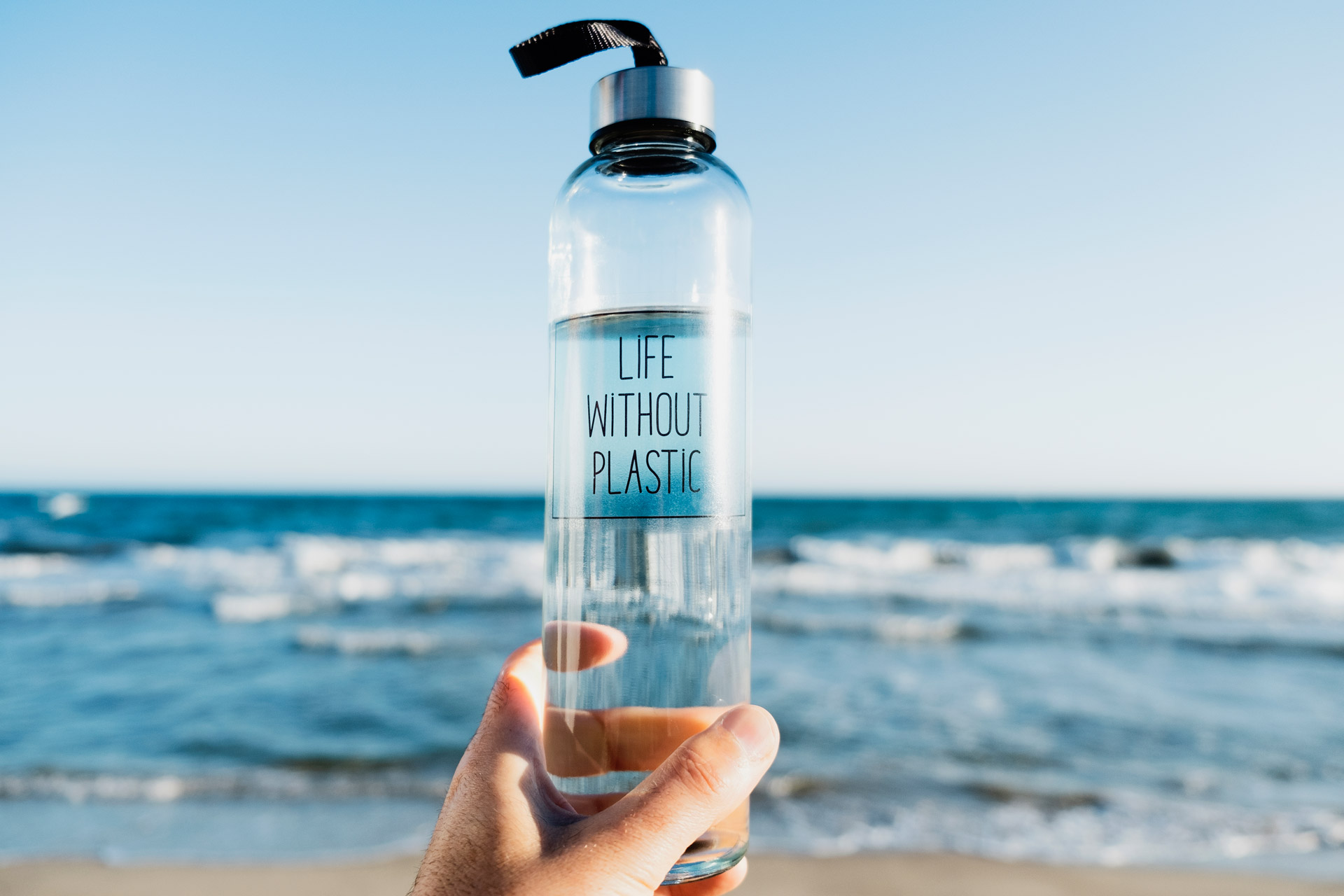
Getty Images
Are Stanley Cups Eco-Friendly?
By design, reusable bottles are a more eco-friendly option than single-use plastic, throwaway alternatives. Stanley cups are undoubtedly well-made, created with stainless steel and designed to last forever, coming with a lifetime warranty. The company also offers replacement parts, so if you damage the straw, for instance, you don’t have to buy a whole new cup. And no doubt many people are making use of this – but others (guilty as charged), are simply filling their homes with a never-ending collection of water bottles.
It was the same story for tote bags. Once hailed as the solution for the pollution from single-use plastic bags, they’re now being overproduced, making it difficult to offset the impact of production.
For the reusable premise to work, we have to actually use products time and time again, rather than replacing them when a jazzier new edition comes out. As JB MacKinnon, writer of The Day the World Stops Shopping: How Ending Consumerism Gives Us a Better Life and a Greener World, told The Guardian: ‘We’re not achieving anything with these products and are often going backwards. Everyone was supposed to buy one reusable water bottle 15 years ago and carry it to the grave. But now there’s a constant shift and look in the style of these bottles, and people enter into a constant replacement cycle. I’d be surprised if at this point reusable water bottles are accomplishing much.’
Stanley may be the coolest cup on the shelf at the moment, but no doubt another brand will usurp the title at some stage – and what will happen to all the cups then? As environmental activist Aja Barber summed up on Instagram recently: ‘What do you think is going to happen to these Stanley cup collections once the trend is done. Do you think the person that has a wall for their Stanley cups (so they have one for every outfit) is gonna keep those cups for the rest of their life? Or do you think they’re going to realize how ridiculous it is and then “donate” or trash them?’
Ultimately, it seems the problem lies in the school-like culture which makes us feel like we need to buy the latest product to fit in. The perennial conundrum for ‘eco-friendly’ brands like Stanley is balancing marketing and excitement around new products with encouraging conscious buying habits. I can’t say I have the answers – but I think I’ll save myself the £50 and revive my trusty old Chillys.

